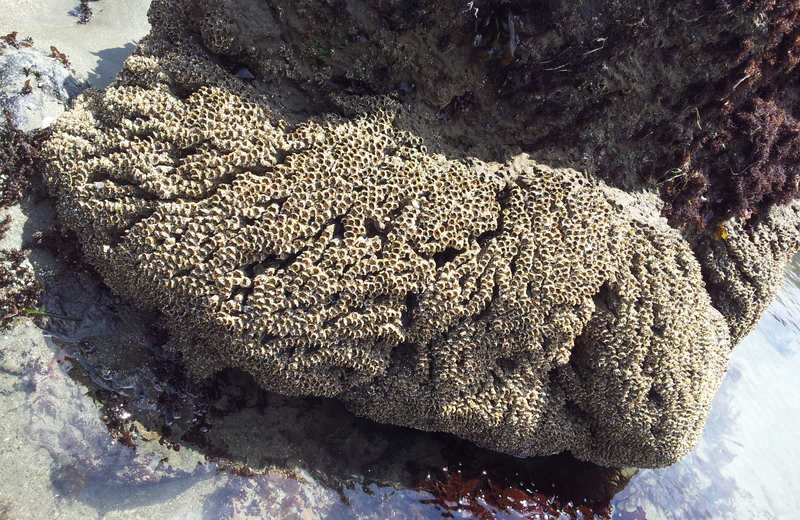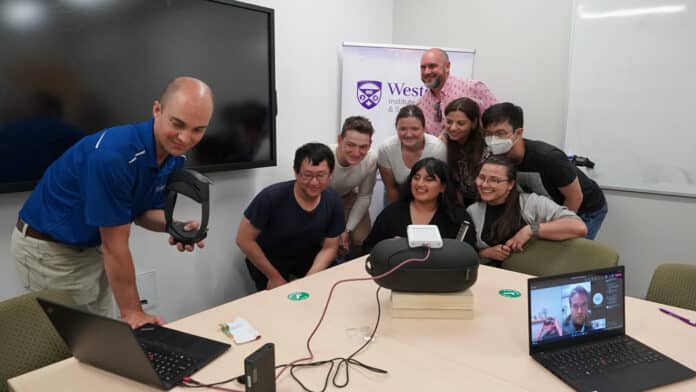Tiny Architects of the Sea
In the realm of sustainable construction, a fascinating revelation has emerged from the depths of the ocean. Surprisingly, it is the diminutive sandcastle worms that have become an unconventional source of inspiration for forthcoming eco-friendly building materials.
These tiny marine creatures measure just around two inches in length and construct vast colonies of honeycombed, reef-like structures by cementing sand grains together.
Pioneering Eco-Friendly Innovation
A group of researchers from the Technical Institute of Physics and Chemistry (TIPC) within the Chinese Academy of Sciences (CAS) drew inspiration from these structures. They pioneered the development of environmentally friendly, low-carbon building materials for use in the upcoming era of sustainable construction.
Redefining the Construction Landscape
Traditional cement-based building materials, crucial in construction, pose environmental issues. Cement production leaves a significant carbon footprint due to energy-intensive processes and CO2 emissions. Raw material extraction further harms ecosystems, highlighting the urgent need for low-carbon building materials.
A Shift Towards Natural-Based Adhesives
Traditionally, cement substitutes like geopolymers, resins, and high-pressure-induced adhesives are used to create low-carbon building materials. However, natural-based adhesives are gaining attention for their eco-friendliness and renewable qualities when compared to these binders.
Researchers have dedicated significant effort to using bio-polymers as adhesives or employing bio-mineralization techniques to bind grains together. Unfortunately, the weak mechanical properties of these grain aggregates still pose practical limitations in construction.
Bridging the Gap with Sandcastle Worms
Researchers found inspiration in sandcastle worms, which construct sturdy sandcastles using a composite adhesive. This adhesive combines cationic and anionic proteins to effectively bind grains. They replicated this process to create low-carbon building materials from various grains, offering a sustainable solution to reduce energy consumption and carbon emissions in the construction industry.







